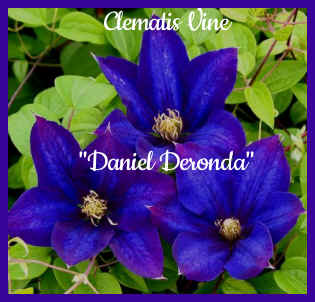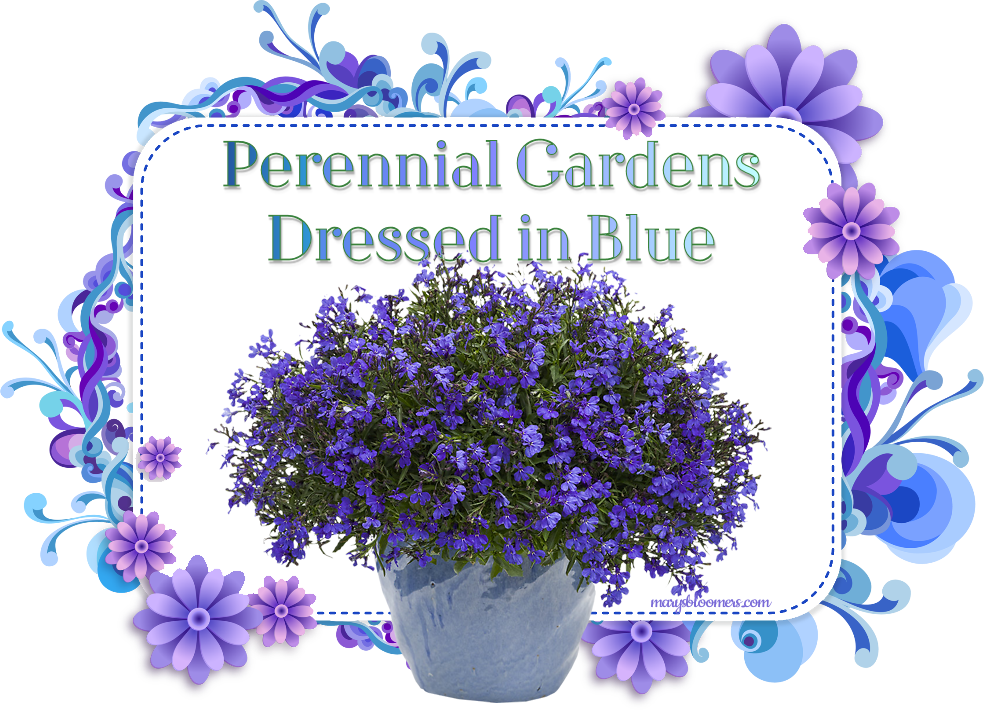 |
|
Grow A Beautiful Garden In Shades of Blue If a garden in shades of blue makes you happy, not blue, consider that it is also a bee's favorite color - you will attract pollinators to your blue garden that will pollinate the rest of your landscape, fruits and veggies. Only 10 percent of the world's flowers are blue. Install a Bee House, and plant fragrant perennials to attract them. If you are planting dwarf fruit trees in pots that aren't self-pollinating, this area of the garden is the place to place them. I enjoy watching bees and butterflies gathering pollen and nectar, and when they go flower to flower, plant to plant, I know my little trees and fruit plants are getting the best open pollination and will bear large crops and beautiful flowers. The best companion plants in my garden that attract the endangered honeybee and butterflies are Bee Balm (Monarda), Lilac, Hydrangea, Milkweed, Butterfly Weed and Butterfly Bush. I also grow the minty-scented agastache in pots around the garden in blue and yellow. All of these suggested come in shades of blue, except for the Butterfly Weed and Milkweed plants. You will want to add accents of other color among all the blue. Whites, purples, yellows and lavenders are beautiful additions and add interest and pollinators to the garden. White lilacs and hydrangeas, irises, lilies and daisies look beautiful in a blue theme. Yellows are also great at the edges or in pots added to several areas of your design. Three seasons of blue flowers and berriesIt's pretty easy to grow a blue garden with flowers, fruits and berries. Following are some of my favorite picks for blue flowers and plants that you could grow in your garden. |
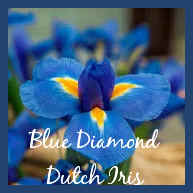 |
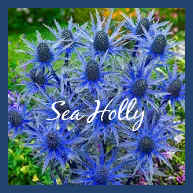 |
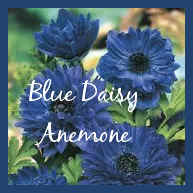 |
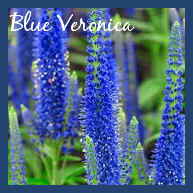 |
|
For growing "clusters" of blue in a neat and pretty shape, plant blue Siberian and Dutch irises that are much smaller than the tall, bearded varieties and are delicate and superior in most vases as cut flowers. The foliage is very pretty, too. The larger varieties sport swordlike foliage. The more petite varieties sport straplike foliage. A combination of both types of foliage add an architectural interest to the garden. These smaller irises take up much less space, don't need staking, and are stunning in big pots on the patio and on steps. These irises come in different heights, but most are shorter than 2 ft. tall. Perfect just about anywhere in groups. "Van Gogh" Siberian Irises are a beautiful combination of blue and yellow. Be sure to mix shades of blue and add drifts of color that will look like waves, in your garden. Especially between groupings or around the garden's edges. Consult your local nursery's knowledgeable staff to pick the perfect heights and length of bloom times, to be sure you have 3 seasons of color going on, and your plants are of the right height for your design placement. I advise against asking for important advice from home centers - the staff is generally not knowledgeable enough for your plants to survive based on their advice. Always try to pick the brains of growers, local gardeners, and landscapers. They know what will grow when in your area, and how much labor they will involve to keep them alive and growing. They know what is invasive in your area. Home centers will not give you, or do not know that important bit of information, unless it's on the tag - and then you have to remember that tags go missing and can be wrong, depending upon who's growing them. You don't really want to ask for horticultural advice from a non-gardener or non-grower. Mix the blue flowers you love with shots of white, purple, pinks, or yellow colors that are also available for that plant. You have the same heights and bloom times, hardiness, and shapes. For example, Widow's Tears come in blue with yellow markings, and also comes in a variety called "Merlot Clusters:, that make a stunning pairing. Bellflowers and Balloon Flowers also look incredible together, due to the similarity of form. Use combinations of blues in big pots and place them within the garden, along the edges of the garden and on the patio. |
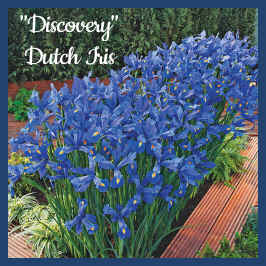 |
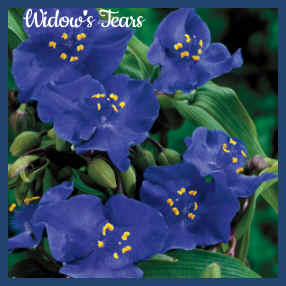 |
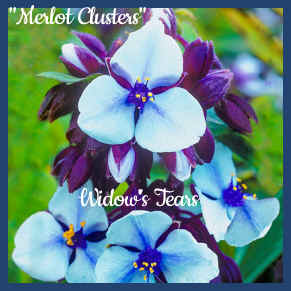 |
 |
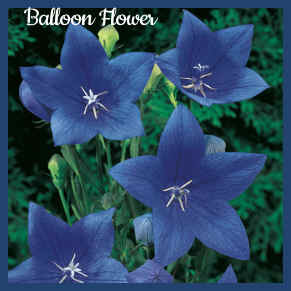 |
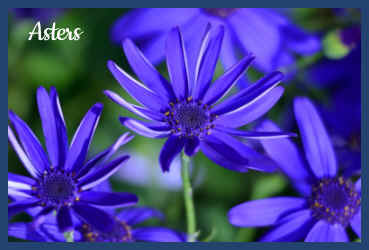 |
Tall Beauties For The Back of The Border and Along Fence lines
 |
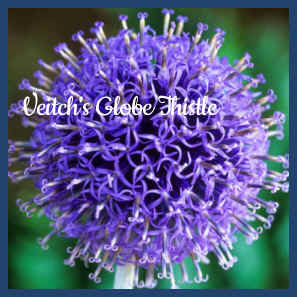 |
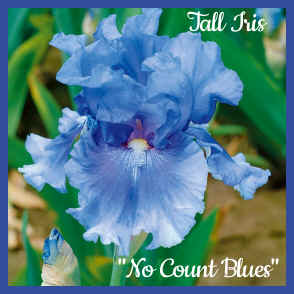 |
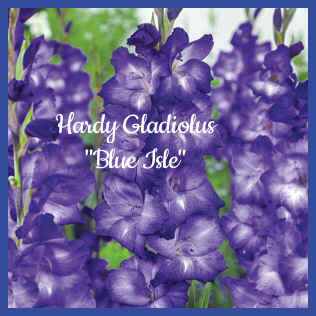 |
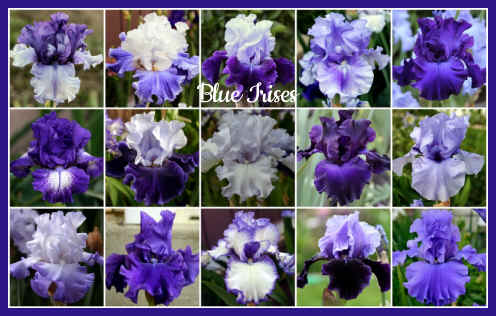 |
|
Shrubs and Trees
Note: Hydrangeas are long-blooming, with ever-changing shades, they make great cut flowers, and are available in several awesome shades of blue, pinks and purples, sometimes all on one plant.
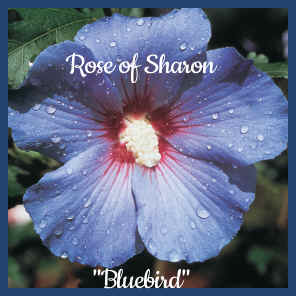 |
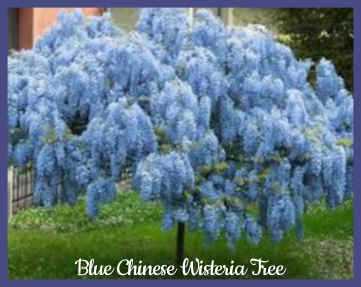 |
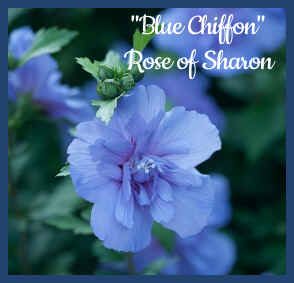 |
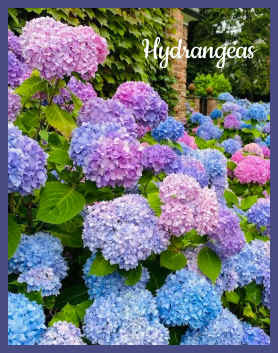 |
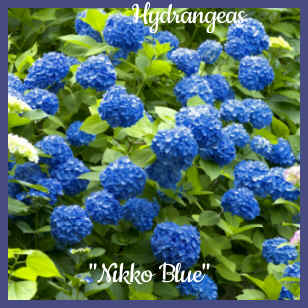 |
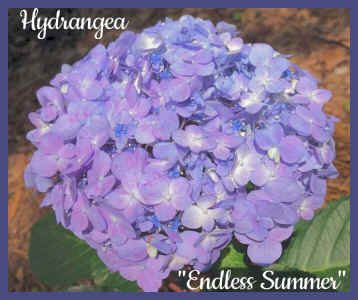 |
Perennial Shrubs With Ornamental Berries in Blues/Purples in fall, pretty flowers in summer
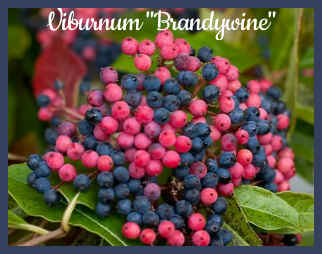 |
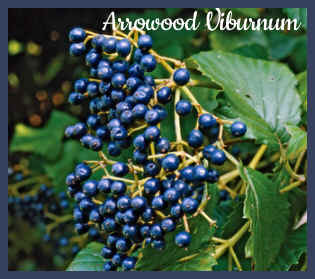 |
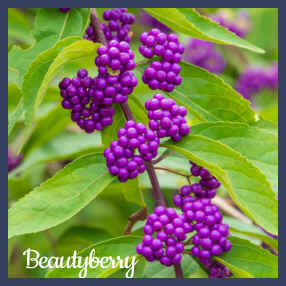 |
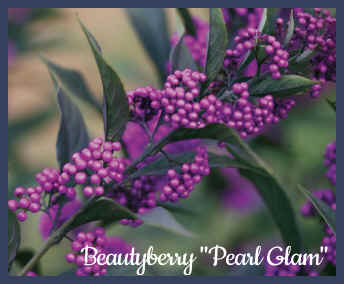 |
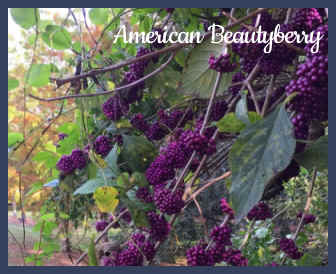 |
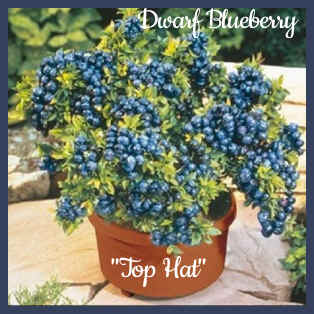 |
Vines and more beautiful flowering blues
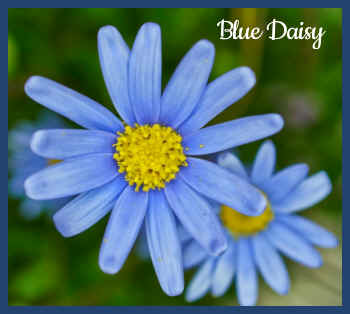 |
 |
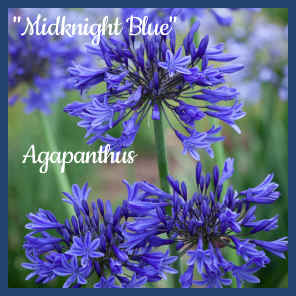 |
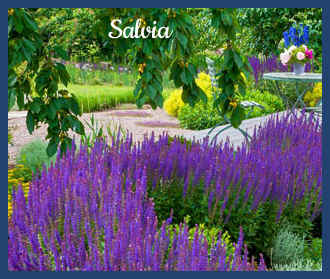 |
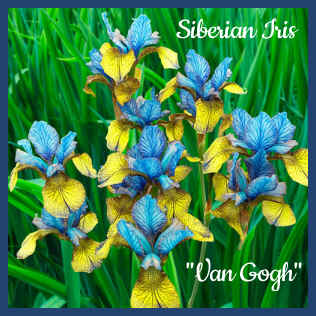 |
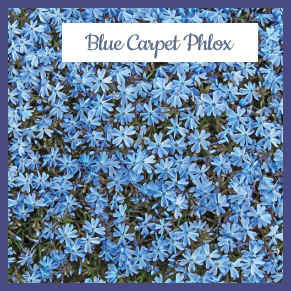 |
|
|
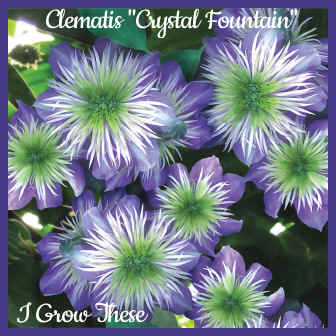 |
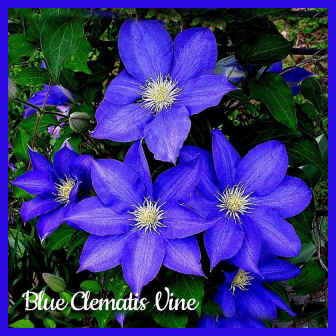 |
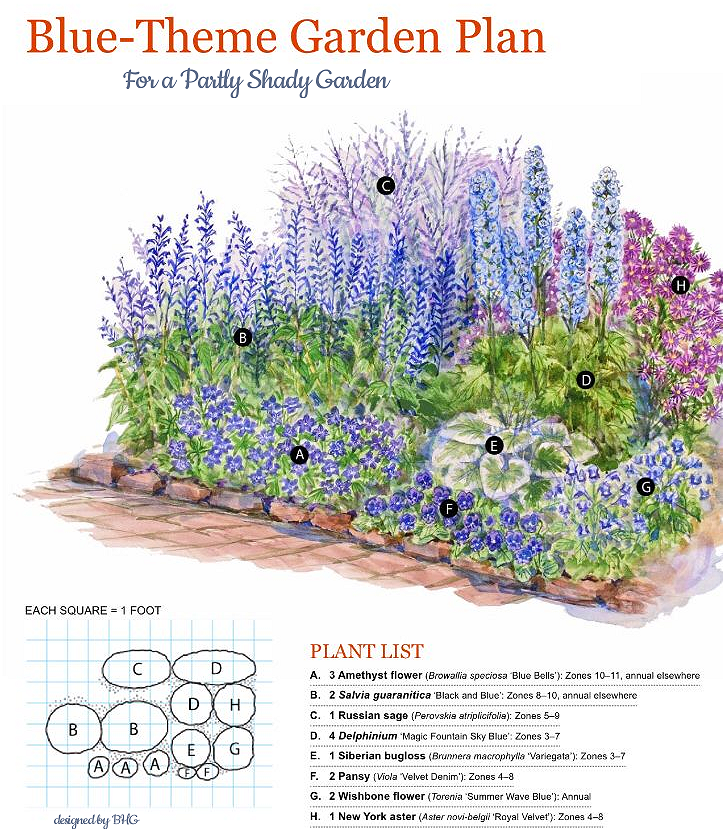
Super-easy and great for beginners Click here to download a free copy of this blue garden plan in .pdf format |
Sources
Breck's
Spring Hill
Better Homes and Gardens
Monrovia
Proven Winners
Jackson and Perkins
World of Irises
Design, graphics,
articles and
photos ©2020 marysbloomers.com™
All rights reserved.
